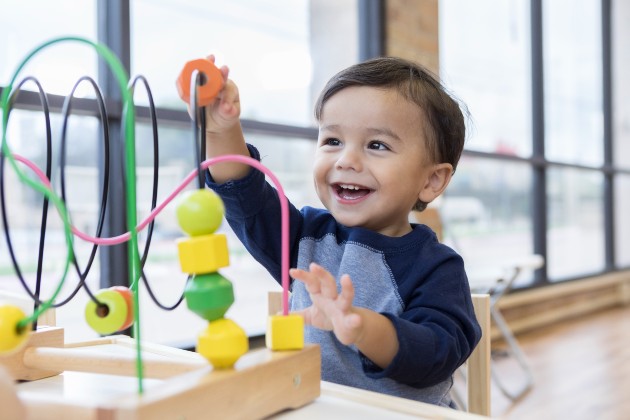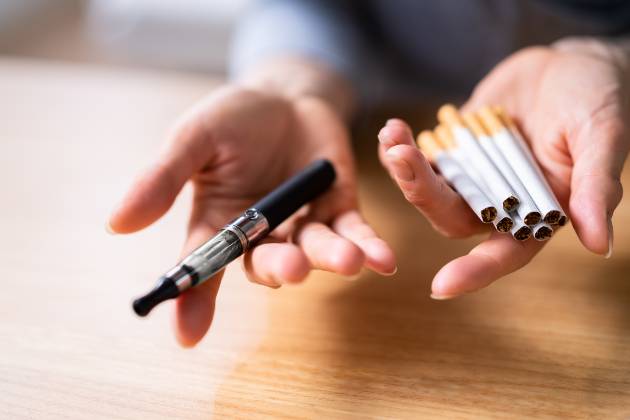Writing this guidance, How to Safely Support and Promote Play Within Health Care Settings, was an opportunity to address people’s concerns about infection control when using toys in a health care setting, using risk assessments. It was also a chance to emphasise the importance of play for a child’s development and its use as a therapy tool.
Some nursing staff have told me that toys aren’t allowed in their workplaces because of the risk of infection. I think this guidance is especially helpful for them and other nursing staff working in environments where there are no play specialists who might be able to advise, such as GP practices or in A&E.
There’s no such thing as a 100% risk-free environment
Although it’s best practice to have policies on play in health care settings, it’s not mandatory, so I hope our guidance will help those with questions and concerns to provide the most suitable health care environment for young patients.
The importance of play for children, including those spending time in health care settings, can’t be underestimated. By taking a proactive approach to infection prevention and control, we can support them while they’re receiving care.
The toys we use in our hospital depend on the developmental stage of our patients. We use dolls with children to demonstrate all central line procedures, so they won’t feel so scared. But elsewhere they’re used for many patients of all ages to help explain renal dialysis.

I’m lucky enough to work with knowledgeable play specialists at Great Ormond Street Hospital (GOSH). They lead on our in-house policy, so we used their expertise when we wrote the RCN guidance.
If you work with play specialists or other nursing staff in the field, please talk to them about the range of toys and play equipment available to use in your workplace.
There’s no such thing as a 100% risk-free environment so decontamination will always be important. This guidance will help you weigh up the pros and cons while providing the best care for your patients. I’m delighted that it’s been well-received and is already being well-utilised.
What does the RCN say about the importance of play in health care settings?
Understanding the importance of play and the impact of removing this, or reducing the ability of a child to play, is essential for all who provide services for children and young people.
Toys and play resources stimulate and prolong play, allowing a child to discover what they like and what they’re good at.
Play is also valuable in reducing anxiety and increasing a child or young person’s participation in the development of coping strategies when undergoing medical or surgical treatments and procedures, helping them to have a more positive experience.
Play provides a safe space for children to work through any fears and or anxieties they may have. It offers familiarisation, reassurance and acts as a visual re-enforcement. This promotes self-esteem and confidence which enhances their resilience, providing a positive experience and the development of coping strategies.
Distraction can also assist nursing staff to carry out procedures more effectively. Parents, carers and staff will be more comfortable if children cope without showing signs of distress.
When children are relaxed, they can be treated more quickly, and are happier and less fearful of further treatment.
What does the RCN recommend?
- Every organisation should have a play policy that outlines the management of toys from procurement or donation to end of use.
- All health care providers should ensure a toy procurement budget is available to support the purchase of fit-for-purpose, safe and sustainable toys.
- When purchasing or procuring toys, it’s recommended that consideration is given to the ability to effectively decontaminate them and the potential environmental impact if the toy is single-use.
- Organisations where children and young people receive health interventions should ensure that play can be effectively facilitated through joint working of the infection control teams or links and play specialists.
Our guidance, How to Safely Support and Promote Play Within Health Care Settings, also contains information on infection control, including methods of decontamination.








